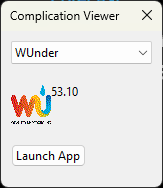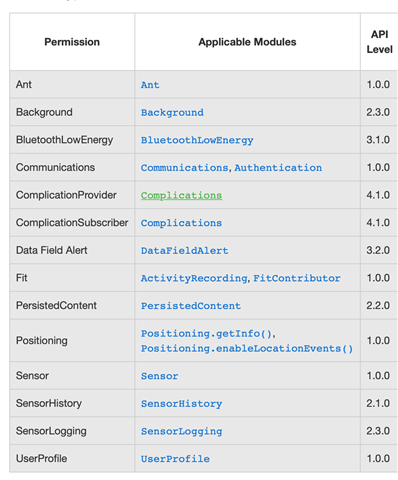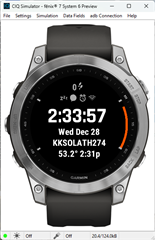This is with the 4.2.0 beta1 SDK, the f7 System 6 preview device, and one of my watch apps. Here's what I see in the sim under Simulation>Complications, when I select the complication. The app is running in the sim at this point. The image is the icon I supplied for the complication. 53.10 is the temperature as seen by the app. A first step!




